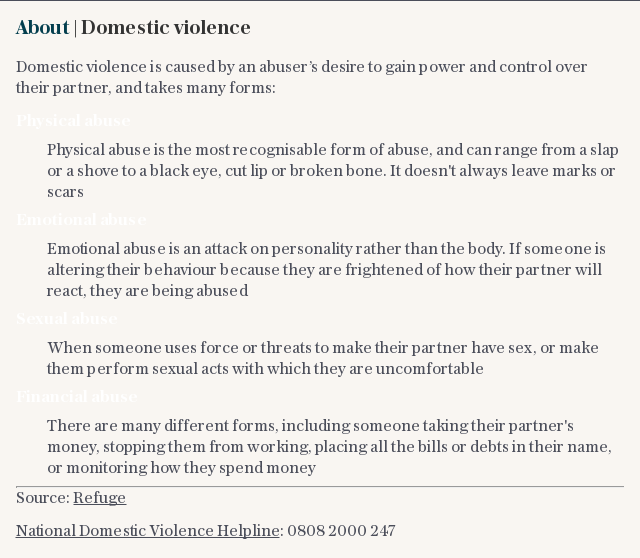More girls than ever are self-harming. We ignore them at our peril

Social media, body image, school pressures: again and again, these are given as an explanations for the alarming deterioration in young women and girls’ mental health.
Today, yet another report highlights this worrying issue, showing that self-harm has risen 68 per cent among 13 to 16 year old girls in just three years. Explanations include the impact of digital media and the fact that girls hit puberty at that age.
These factors are undoubtedly part of the picture. But they are not the full story.
There is increased sexualisation of girls across our culture, from advertising to music videos. They face sexual pressures, including from the availability of porn, which is informing relationships and driving the way men and boys behave towards girls and women. From Harvey Weinstein to the boy next door, these attitudes are inescapable.

When you look at the types of mental health problems young women are experiencing, the more common mental health disorders like depression and anxiety are, as you might expect, present at high rates. Self-harm, as we have seen, is increasingly widespread.
But what is perhaps particularly shocking is the prevalence of post-traumatic stress disorder (PTSD), which one in seven young women have shown symptoms of. The truth of the matter is that violence is at the heart of these issues, and is being inflicted on girls at home, in school and on our streets. Of all women who face a mental health problem, more than half have been abused. For one in four, that started in childhood.
The links between abuse and self-harm are similarly defined. More than a fifth of women who have experienced the most extensive violence – in both childhood and adulthood – have self-harmed. That compares with two per cent of women who have experienced little or no abuse.

One woman told me how, as a teenager, she and other girls in the mental health unit where she was receiving treatment would stay awake at night self-harming in their beds to cope with the trauma of being abused. It was a way of attempting to deal with extremely painful memories and feelings of guilt and shame, and something over which they could exercise some control.
We know that young women are the most at risk group for domestic abuse. We know sexual harassment and assaults in schools have increased in recent years. We know the sexual abuse and exploitation of girls is widespread. So why is the current focus almost entirely on body image and social media? The links between mental health issues and violence are well established, and we ignore them at our peril.
If we do not help young women now, we are storing up problems for the future. We know that when trauma goes unresolved, mental health problems can develop. For some girls, their way of dealing with it is to self-harm. For others, it is using drugs and alcohol - and sometimes it is both. All too quickly this can lead to a downward spiral of addiction and homelessness, which can make them even more vulnerable to exploitation and abuse.

To avoid this, we need to make sure help is there earlier.
We urgently need to see proper investment in mental health support in schools and communities. They need care that takes into account what they have been through as girls and young women, and that includes their histories of abuse and trauma.
There is a bigger picture here, too. We need to confront this culture of sexualisation and violence directed at young women; there needs to be more education about what a healthy relationship looks like, and a broader conversation about sex, gender stereotypes and inequality.
Above all, we must not bury our heads in the sand by continuing to ignore a key driver of this alarming rise in poor mental health – of which self-harm is a symptom - among women and girls.
Yes, we need to consider social media and body image concerns. But we also need to wake up to the impact of violence and abuse on young women and girls, and the devastating havoc it can wreak across their lives.


